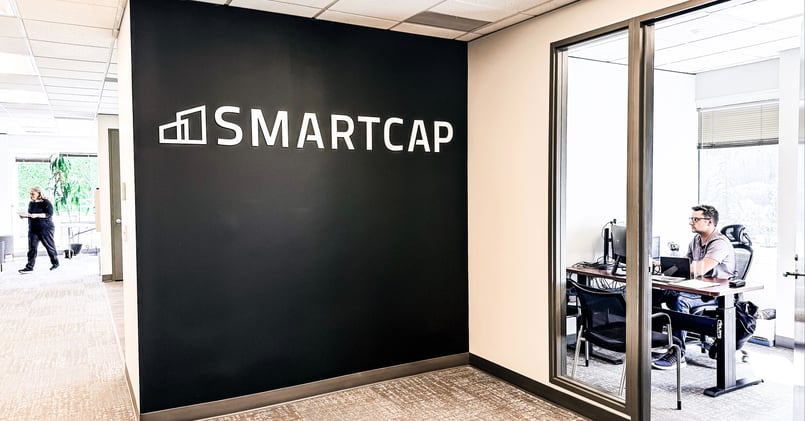
For many people investing in commercial real estate requires learning a whole new set of terms like NOI, CAM and IRR. This short guide outlines common terms found in real estate investing.
Absorption
Absorption is the way commercial real estate investors gauge tenant demand and is measured in square footage. Total absorption is the total new square footage leased by tenants. For example, if a building had 20,000 square feet of new leases in 2013, its total absorption is simply 20,000. Absorption can be measured by building or by entire markets.
Capitalization Rate (Cap Rate)
The cap rate is the percentage of funds you paid for the building that comes back to you annually (not taking financing into consideration). As an example, if you purchased a building for $1,000,000 that returned $60,000 annually, your cap rate is simply 6%. The calculation is $ NOI ÷ $ Price = Cap Rate %.
Common area maintenance (CAM)
Charges paid by the tenant for the upkeep of areas designated for use and benefit of all tenants. CAM charges are common in shopping centers. Tenants are charged for parking lot maintenance, snow removal, and utilities.
Cash-on-Cash Return
The cash-on-cash return is the percentage of funds you invested in the building that comes back to you annually after making financing payments. Your cash-on-cash return is often higher than your cap rate if favorable financing is put in place.
Contract Rent
Contract rent is the current rent being paid by the tenant according to their lease. Contract rents are measured by square footage in commercial real estate. For example, if an office tenant is paying $21,000 a year for 1,000 square feet of space, their contract rent is $21.00 per square foot per year. Contract rents may also be quoted monthly.
Due diligence
The process of examining a property, related documents, and procedures conducted by or for the potential lender or purchaser to reduce risk. Applying a consistent standard of inspection and investigation one can determine if the actual conditions do or do not reflect the information as represented.
Ground lease
A lease of the land only. Usually the land is leased for a relatively long period of time to a tenant that constructs a building on the property. A land lease separates ownership of the land from ownership of buildings and improvements constructed on the land.
Internal rate of return (IRR)
The percentage rate earned on each dollar that remains in an investment each year. The IRR of an investment is the discount rate at which the sum of the present value of future cash flows equals the initial capital investment.
Lease
A contract that creates the relationship of landlord and tenant. A contractually binding agreement that grants a right to exclusive possession or use of property, usually in return for a periodic payment called rent.
Loan-to-value ratio (L/V)
The amount of money borrowed in relation to the total market value of a property. Expressed as the loan amount divided by the property value.
Market Rent
Market rent is the rental rate that a specific location could achieve if it were available to lease today. Like the contract rent, market rent is quoted per square foot. Investors compare market rent to contract rent to see if there is an opportunity to increase rental rates once a suite becomes available.
Net Operating Income (NOI)
The net operating income is the total rental income from all of the tenants, parking revenue, and other revenues minus operating expenses (taxes, insurance, management, maintenance, utilities). Cash on cash returns paid to investors are paid from the net operating income. Net operating income does not take into consideration financing nor does it include capital improvement costs.
Occupancy
Occupancy is the percentage of occupied suites in a commercial real estate property or market. For example, if a 100,000 square foot building is leased and occupied by 95,000 square feet of tenants, the building’s occupancy is simply 95%. Occupancy can be measured in buildings and in entire markets.
Real estate investment trust (REIT)
An investment vehicle in which investors purchase certificates of ownership in the trust, which in turn invests the money in real property and then distributes any profits to the investors. The trust is not subject to corporate income tax as long as it complies with the tax requirements for a REIT. Shareholders must include their share of the REIT’s income in their personal tax returns.
Vacancy
Vacancy is the percentage of unoccupied suites in a commercial real estate property or market. For example, if a 100,000 square foot building is leased and occupied by 95,000 square feet of tenants, the building’s vacancy is 5%. Like occupancy, vacancy can be measured in buildings and in entire markets.
TAGS: Real Estate Education
